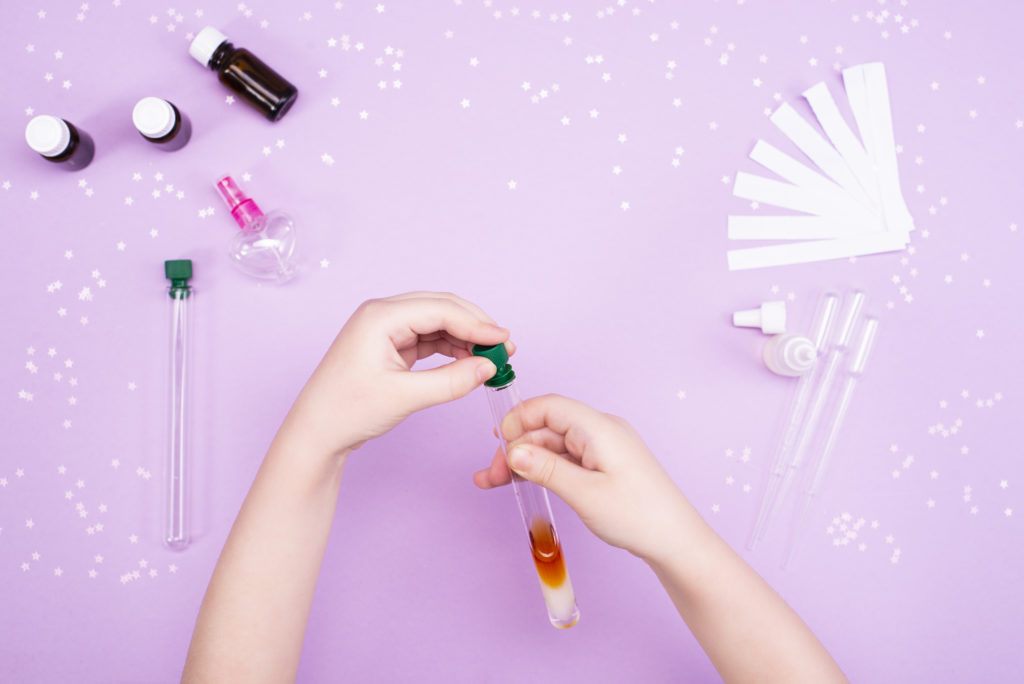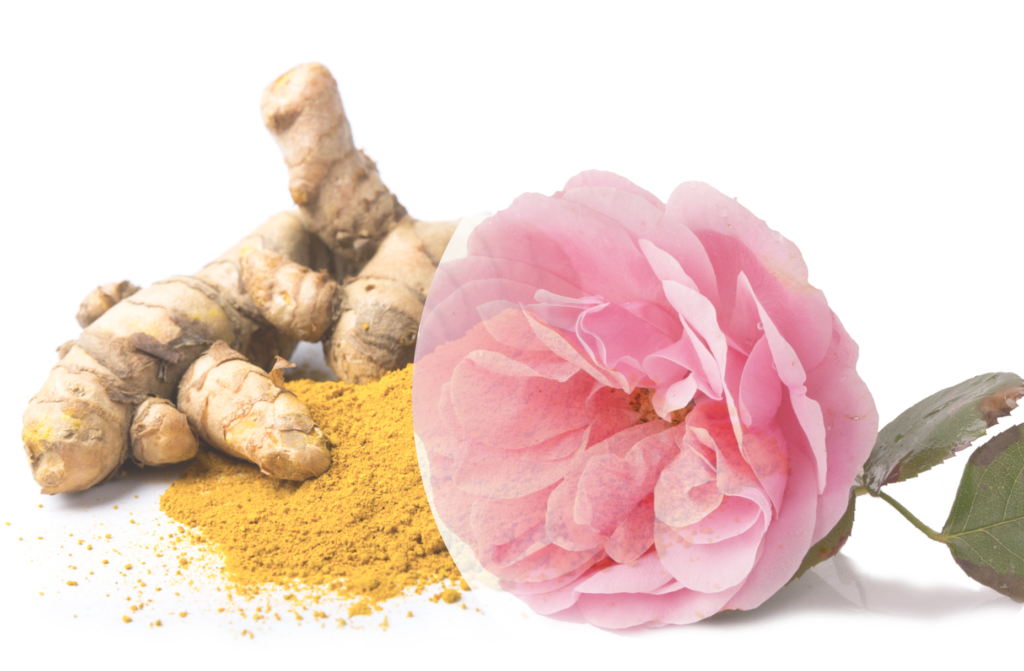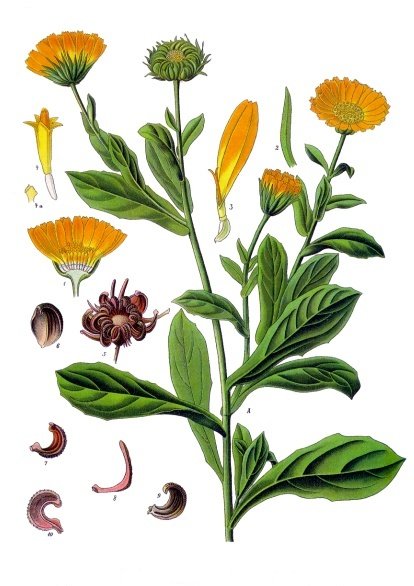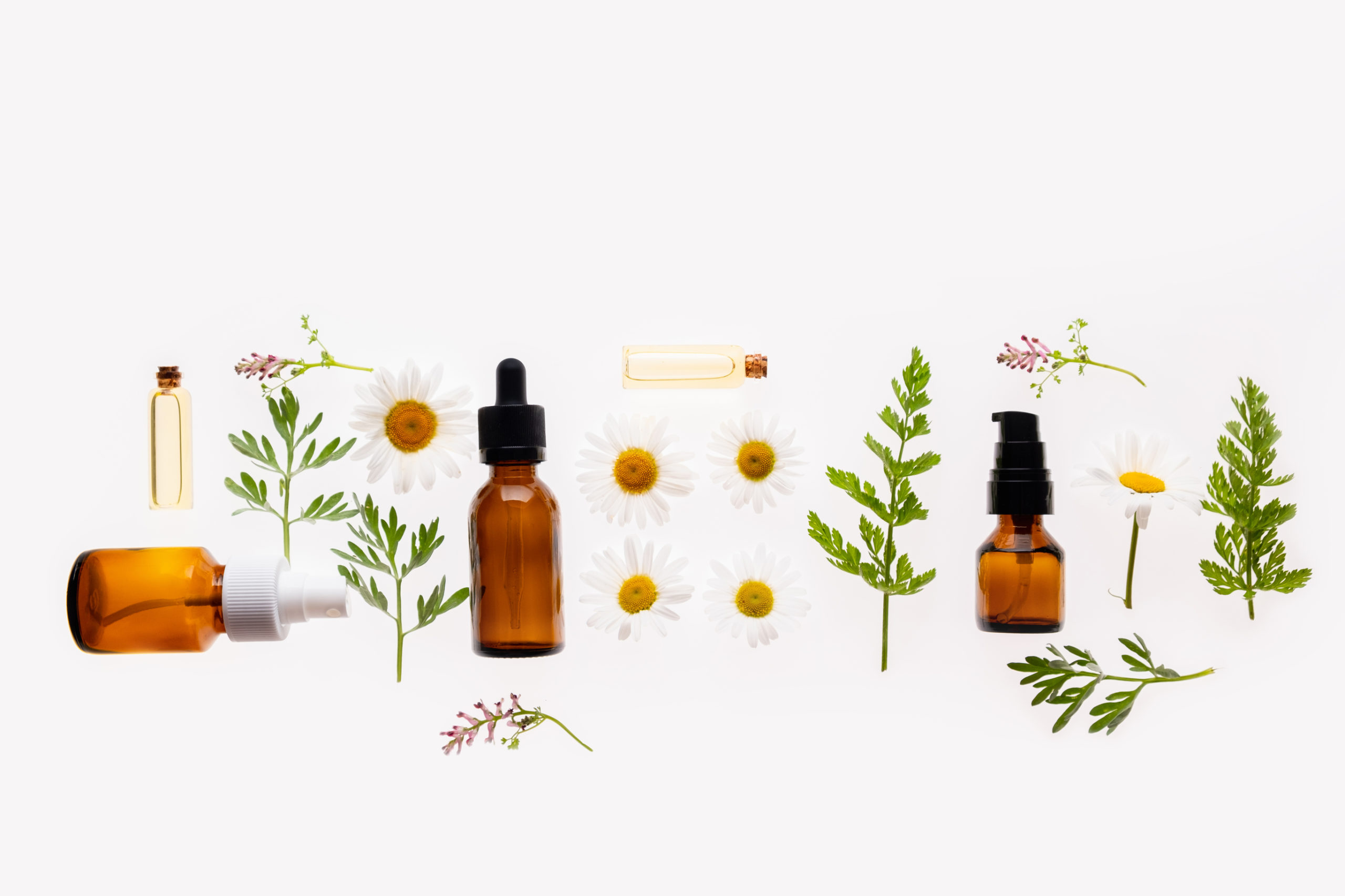1. Understand the difference between formulating for an individual and formulating for thousands
Aromatherapists make essential oil blends for individuals. An advantage is that you get to interact directly with the recipient, in fact taking a “case history” is part of the process. And so you get to tailor your treatment for the individual and to monitor their progress, which makes it easier to balance risk and benefit. For example, you can gradually scale the dilution of essential oil, starting low and increasing by 0.5% or 1% at a time if needed. You also get to find out whether your preparation is working or not, and if not, you get to try something different. Most aromatherapy blends for individuals contain 3-5 essential oils.
With commercial product formulation you are, relatively speaking, working blind. You don’t get to meet your customers (well, maybe some…) and it is difficult to monitor or control how your carefully crafted product is performing, so safety becomes paramount.
Playing with numbers for a moment – let’s say we know that one in ten thousand people will have an adverse reaction a blend that you create. (We couldn’t really know that, but let’s say we do.) If you’re a practitioner, you are not going to see 10,000 people in your practice – ever. So, you will likely never see an adverse reaction to that blend. However, if you sell the blend to a million customers in a year, then 100 people will have a bad reaction – about one every two weeks on average.
It’s not just about safety. When you interact directly with an individual, you can find out which essential oils or blends they like and which they don’t like, so you can make a preparation they will love and therefore (a) use and (b) benefit from. When you’re formulating for thousands, you don’t have that opportunity, so the creative process is somewhat different, and making products that smell great – to most people – is more important.
A fragrance for a cosmetic product, however natural or synthetic, is generally more complex than a “blend” of 3-5 essential oils used in professional practice. That complexity allows you to carefully craft the evolution of the fragrance on the skin, from top note to dry-down – to give your creation body, and “fragrance impact”. Depending on the product’s end-use, a simpler blend may also be appropriate.
2. Understand the dynamic between formulating for therapy and formulating for fragrance
One of the great benefits of aromatherapy is the very fact that it’s multi-functional, that there are benefits to the skin, the body, and the mind. But this same versatility of essential oils also makes “aromatherapy” difficult to pin down, and difficult to define. In our Essential Oil Kinetics Masterclass https://tisserandinstitute.org/essential-oil-kinetics-masterclass/, we unravel the difference between the effect of an aroma on our psyche (how it makes us feel), and the (psychopharmacological) effect of aromatic molecules on the brain.
These are two totally different things, and both are happening at the same time, resulting in a “net” psychological effect. But the fact that our perception of and reaction to a fragrance varies from person to person, makes predicting that net effect quite challenging. Will a particular aroma relax you, your child, or your dog? Even if it does, how often should the aroma be smelled (what about habituation?) and in what concentration?
Some of our fragrance ingredients will be used just for their odor, some mainly for their beneficial properties (and this need may determine the “direction” of the overall blend) and some for both reasons. Our aim is “functional fragrances” – creations that smell good and that also make an important contribution to the overall effect of a product
Most of the time we want to cover all the bases. We want to create something that will both perform on the skin AND smell great. There’s nothing wrong with psychodermatology as an aim, you just need to understand what you’re doing and why, and what your cost parameters are. In our Essential Oils for Healthy Skin course, we talk about how to create blends that will benefit particular skin types and conditions, such as sensitive skin or atopic dermatitis, with negligible risk.
3. Understand blend creation
 When does a “blend” become a “fragrance”? My suggestion – somewhere around 10 essential oils, though a good balance of “notes” (top, middle, base) is also important in a fragrance, as are other factors. Perfumers mostly work with synthetic fragrance materials, as this allows greater versatility, and also helps keep costs down. A commercial, mostly synthetic fragrance could contain 100 ingredients. In contrast, if you only use essential oils and natural extracts, you are already working with complex substances, as each one contains hundreds of constituents, so mixing 100 essential oils together would be, most likely, a complete mess. I have made commercial blends with as many as 25 ingredients, but I would not now do that, or recommend it. You really don’t need more than 10 or 15 at most.
When does a “blend” become a “fragrance”? My suggestion – somewhere around 10 essential oils, though a good balance of “notes” (top, middle, base) is also important in a fragrance, as are other factors. Perfumers mostly work with synthetic fragrance materials, as this allows greater versatility, and also helps keep costs down. A commercial, mostly synthetic fragrance could contain 100 ingredients. In contrast, if you only use essential oils and natural extracts, you are already working with complex substances, as each one contains hundreds of constituents, so mixing 100 essential oils together would be, most likely, a complete mess. I have made commercial blends with as many as 25 ingredients, but I would not now do that, or recommend it. You really don’t need more than 10 or 15 at most.
Step one – an important aspect of blend creation is vision – knowing what it is you want to create. If you’re randomly and “intuitively” adding drops of this and that, you may be wasting your time. It’s really useful to have an idea of where you’re going – whether you want something soft and floral, dark and mysterious, spicy and invigorating, green and calming, etc.
Step two, try to find a basic “accord” just two or three ingredients that smell great together. Not good together, great together! If you don’t begin with a Wow! factor, it may or may not come from adding more essential oils.
Sometimes your inspiration may come from simply trying combinations of oils and finding something that wows. Suggestion – experiment with weird combinations. It’s fine to blend similar essential oils, and we often need to do this, but for fragrance impact you need contrast. Experiment with Jasmine and Vanilla, with Rose absolute and Turmeric CO2, or with Patchouli and German Chamomile CO2. It’s possible to make a perfectly acceptable blend using relatively inexpensive essential oils – Copaiba and Lemon and Palmarosa perhaps – but if you’re looking for sophisticated blends with real fragrance impact, that’s difficult to achieve without using a few pricey ingredients.
Step three and finally – you are ready to build on your basic accord. This process involves a lot of trial and error; try many things and find out what works or doesn’t work. Allow for the fact that it may take weeks to get a single blend exactly right. You not only need the “right” ingredients to fulfill your vision, but you also need the right relative proportions, and this takes time to establish.
And hugely important, the fragrance part needs to work well with the “base” ingredients, in terms of odor.
4. Getting to know your raw materials
Discovering new raw materials is part of the adventure, and this really is a lifelong process. There are several hundred essential oils that are commercially produced, and there are also many absolutes and CO2 extracts. My suggestion is to build your collection slowly and get to know your raw materials one at a time. You don’t need hundreds, but maybe about 50. Make your own lists and tables of what blends well with what. Some materials are difficult to work with, either because of solubility issues (some extracts are solid at room temps for example) or just that they don’t easily blend with other oils in terms of fragrance.
Caution – this can be a costly exercise! Absolutes and CO2 extracts tend to be pricey, so you need to pass that cost on to your customer base.
5. Understand the skin care part
There are real benefits from essential oils – reducing inflammation, countering sun damage, mitigating the effects of aging, balancing the skin’s microbiome and much more. We may not be able to claim certain functions for our products, but we can still formulate them to benefit our customers. And, the synergy between the fragrance part and the other ingredients in the product is what imparts real benefit.
 Remember – our aim is functional fragrances; we just need to know what we’re doing. Understanding why menthol feels cool to your skin for example is, well, pretty cool. Menthol activates TRPM8 channels – cold-sensing receptors in the skin. TRPM8 activation has other benefits such as reducing pain or itch. The use of menthol or Peppermint oil in balms and liniments is partly because the menthol imparts a cold sensation, but also because the body’s response to cold is increased blood circulation – so the result is an initial cooling sensation followed by a slight warming effect, as well as being analgesic. (The cold isn’t really cold; it just feels like it is.)
Remember – our aim is functional fragrances; we just need to know what we’re doing. Understanding why menthol feels cool to your skin for example is, well, pretty cool. Menthol activates TRPM8 channels – cold-sensing receptors in the skin. TRPM8 activation has other benefits such as reducing pain or itch. The use of menthol or Peppermint oil in balms and liniments is partly because the menthol imparts a cold sensation, but also because the body’s response to cold is increased blood circulation – so the result is an initial cooling sensation followed by a slight warming effect, as well as being analgesic. (The cold isn’t really cold; it just feels like it is.)
German Chamomile CO2, Calendula CO2 and Rose otto are all wonderful anti-inflammatory aromatics, while Citronella and Lemongrass oils are antifungal, but Citronella is much safer on the skin than Lemongrass. Elemi oil has great deodorant properties https://tisserandinstitute.org/human-volatilome/ (much more reliable than Cypress oil) and Coriander seed and Sandalwood are useful for sensitivity issues but need to be used at about 0.5% concentration.
We want to maximize benefit and minimize risk, and dilution is the key, especially for facial care products. Most of the time we want a fragrance level that is just detectable – not overpowering. That small amount of essential oil – close to 1% – can still contribute to the psychodermatological impact of the product.
Many of the above issues are covered in our Aromatic Skincare program, or our AromaDermatology Diploma course.



I always read information from The Tisserand Institute, especially from Robert Tissserand. As a researcher, I appreciate that the information is well researched from empirical studies. I loved the classes the I have taken and hope to take more. I stress formulating for the individual not for masses. so many of the recipes I see on-line are inappropiate for many people and could do harm.
Very interesting. One day I would like to take one of these courses but not possible at present. Thank you anyway, as one is always learning when reading your articles.
really interesting and insightful as always. Thank you Robert. The whole area of fragrance and therapy is so delightfully complex!